1. From Devastation to Recovery: Post-War Japan
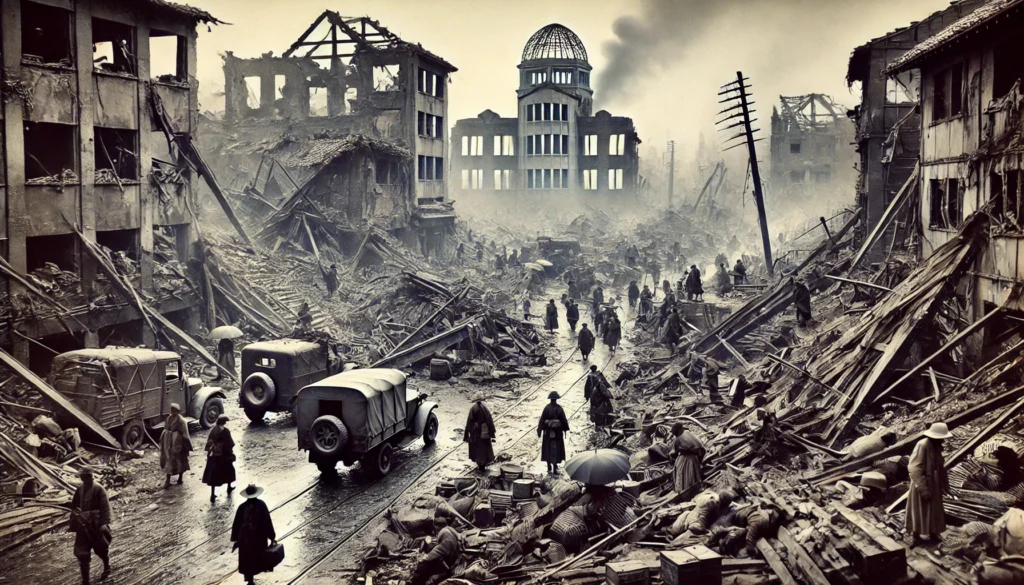
Japan’s Situation in 1945 – A Nation in Ruins
At the end of World War II, Japan was completely devastated. Cities were reduced to ashes, the economy had collapsed, and millions were left homeless and starving.
Mass Destruction:
• Major cities like Tokyo, Osaka, and Nagoya were firebombed, turning urban areas into wastelands.
• Hiroshima and Nagasaki were hit by atomic bombs, causing unprecedented devastation.
Severe Economic Collapse:
• Factories and infrastructure were destroyed, leaving Japan with no production capacity.
• Essential resources like oil and metal were completely cut off.
Food Shortages and Starvation:
• With agricultural production severely damaged, millions of people faced starvation.
• Many had to survive on meager food rations or whatever they could find.
Unemployment and Homelessness:
• Millions of returning soldiers found no jobs or homes to return to.
• War orphans and homeless people filled the streets of major cities.
Japan had lost almost everything. Yet, within just a few decades, it became one of the world’s leading economic powers. How was this possible?
2. Five Key Factors That Led to Japan’s Rapid Recovery
① U.S.-Led Reforms and Economic Restructuring
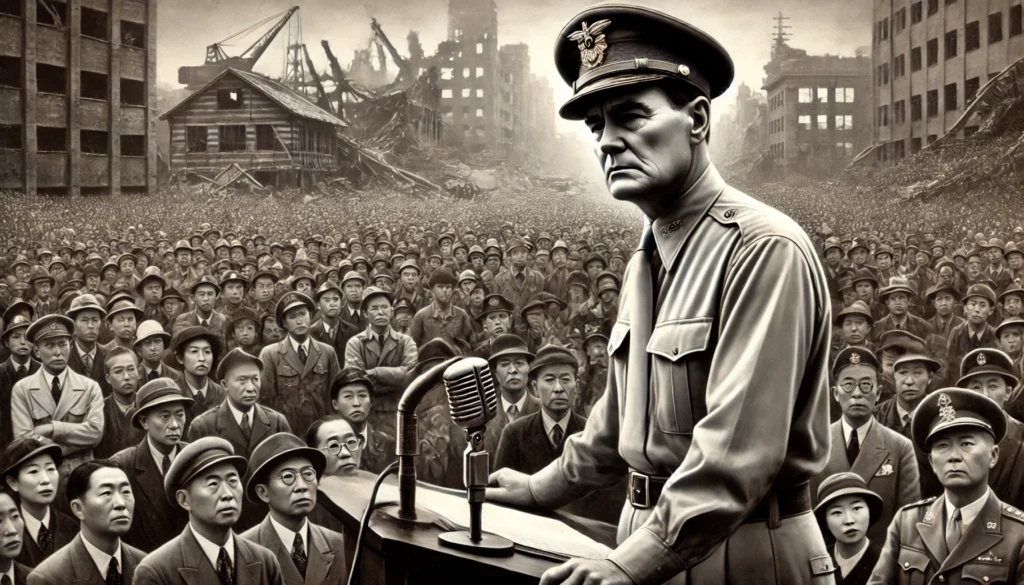
After the war, Japan was placed under the control of the GHQ (General Headquarters), led by the U.S. Initially, the U.S. aimed to keep Japan weak, but with the start of the Cold War, the strategy shifted: Japan needed to be rebuilt as an economic ally.
Key reforms included:
• Breaking up monopolistic business conglomerates (Zaibatsu) → Encouraging new businesses to grow.
• Land redistribution → Strengthening agricultural productivity and stabilizing rural areas.
• Labor and democratic reforms → Improving workers’ rights and creating a foundation for economic development.
These reforms modernized Japan’s economy and set the stage for rapid industrialization.
② The Korean War Boom (1950–1953)
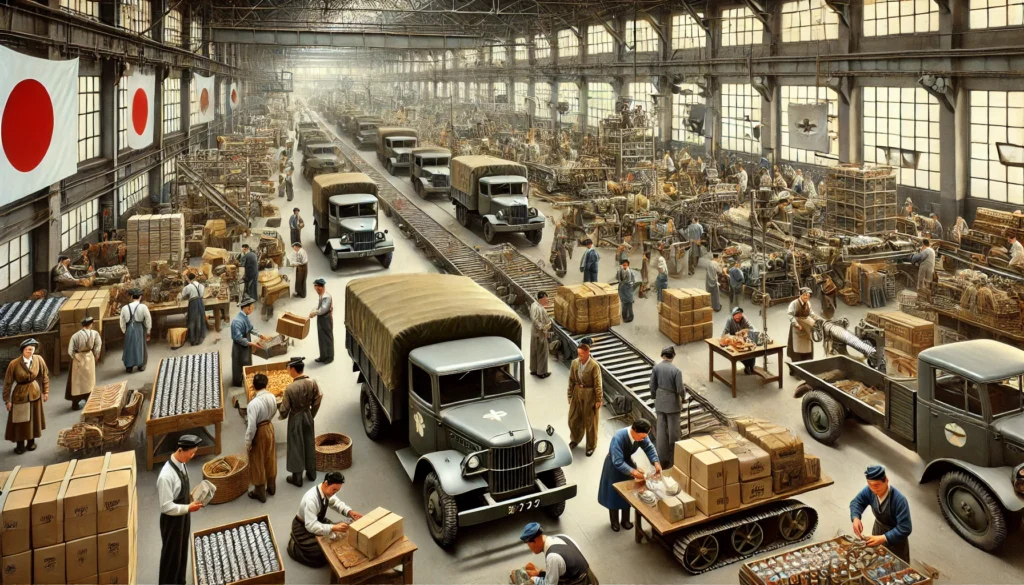
The Korean War brought an unexpected economic boost. The U.S. used Japan as a military supply base, leading to huge orders for trucks, uniforms, and other military supplies.
This “Korean War Boom” acted as a jump-start for Japan’s industries, allowing many companies to recover and expand.
③ A Strong Work Ethic and High Education Standards
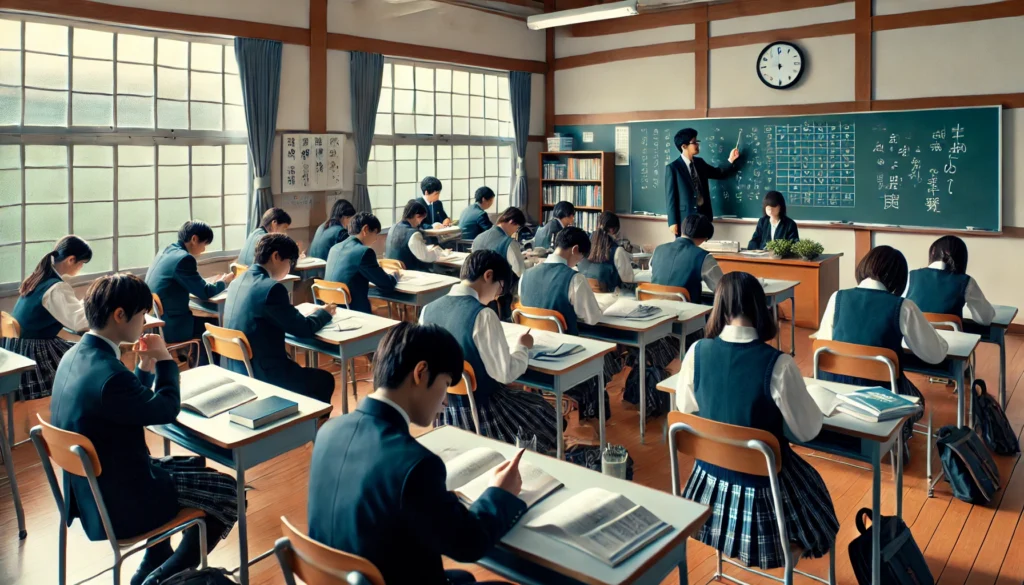
Japan’s education system remained strong, even after the war. This provided a highly skilled workforce, crucial for industrial growth.
Additionally, Japanese work culture was characterized by:
✅ Diligence and perseverance
✅ Strong teamwork and corporate loyalty
✅ Commitment to quality and craftsmanship
These values helped Japan’s industries excel in global markets.
④ Government and Industry Cooperation – Strategic Economic Growth
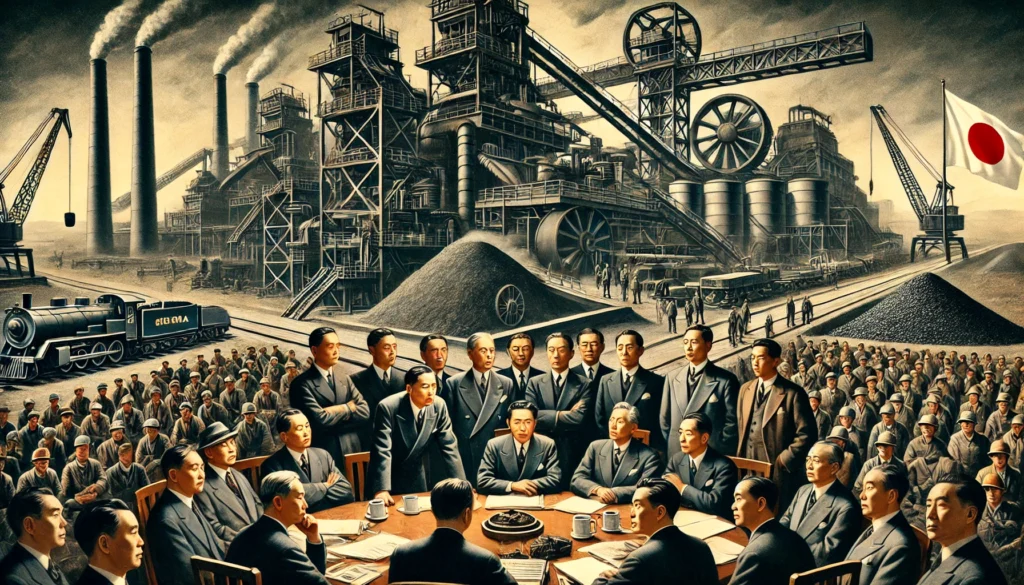
The Japanese government played a key role in economic recovery through planned industrial policies. One major policy was the “Priority Production System” (傾斜生産方式), which focused resources on essential industries like:
• Steel & coal → To rebuild factories and infrastructure.
• Manufacturing & exports → Encouraging companies to expand globally.
This strategic economic planning laid the foundation for Japan’s industrial success.
⑤ Innovation and Efficient Manufacturing
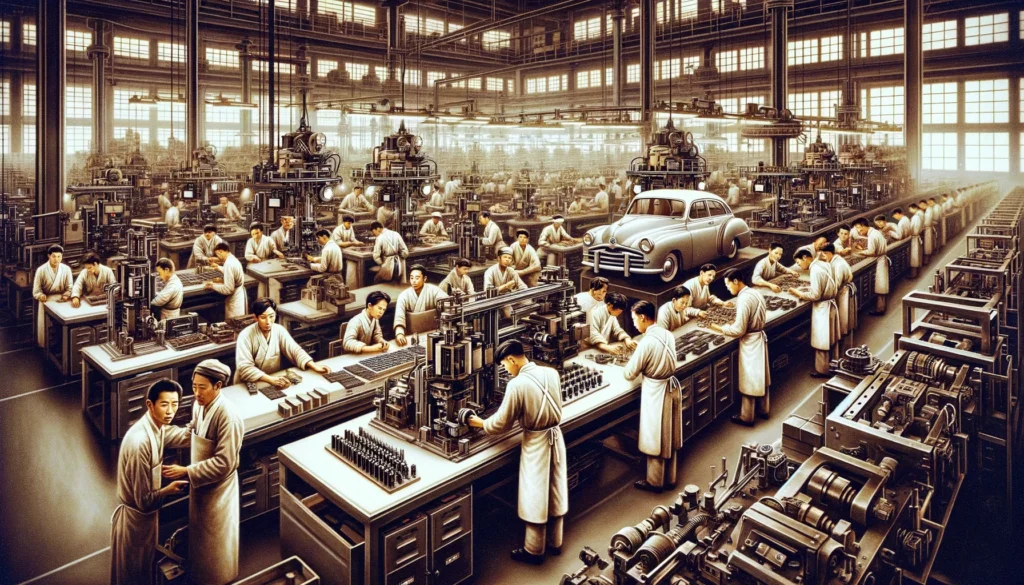
Japan didn’t just rebuild its economy—it improved and innovated existing technology and production methods.
• Toyota’s “Kaizen” (continuous improvement) system → Increased manufacturing efficiency.
• Sony’s transistor technology → Pioneered small, high-performance electronics.
• Panasonic’s home appliance revolution → Improved daily life and expanded consumer markets.
These innovations made Japan a leader in high-quality, cost-effective production, fueling its rapid economic rise.
3. How Fast Did Japan Actually Recover?
📌 1950s: Recovery phase (boosted by the Korean War economy).
📌 1960s: The “Japanese Economic Miracle” (GDP growth rate over 10% per year).
📌 1970s: Became the world’s second-largest economy (infrastructure boom: bullet trains, highways).
📌 1980s: “Japan as No.1” – Dominating global technology and business.
In just a few decades, Japan transformed from a war-torn nation into an economic superpower.
4. What Can We Learn from Japan’s Recovery?
• Turning crisis into opportunity → Japan’s resilience and adaptability transformed its future.
• The importance of education and technology → Investing in people led to long-term economic strength.
• Government and business cooperation → Strategic policies helped industries thrive.
Conclusion: It Wasn’t a “Miracle” – It Was Inevitable
Japan’s post-war recovery is often called a “miracle”, but it wasn’t just luck. It was the result of:
• Smart economic policies
• A highly educated workforce
• Hard work and dedication
• Continuous technological innovation
From ruins to riches, Japan’s recovery was a deliberate effort by its people and leaders.
What do you think about Japan’s post-war recovery? 🤔💭



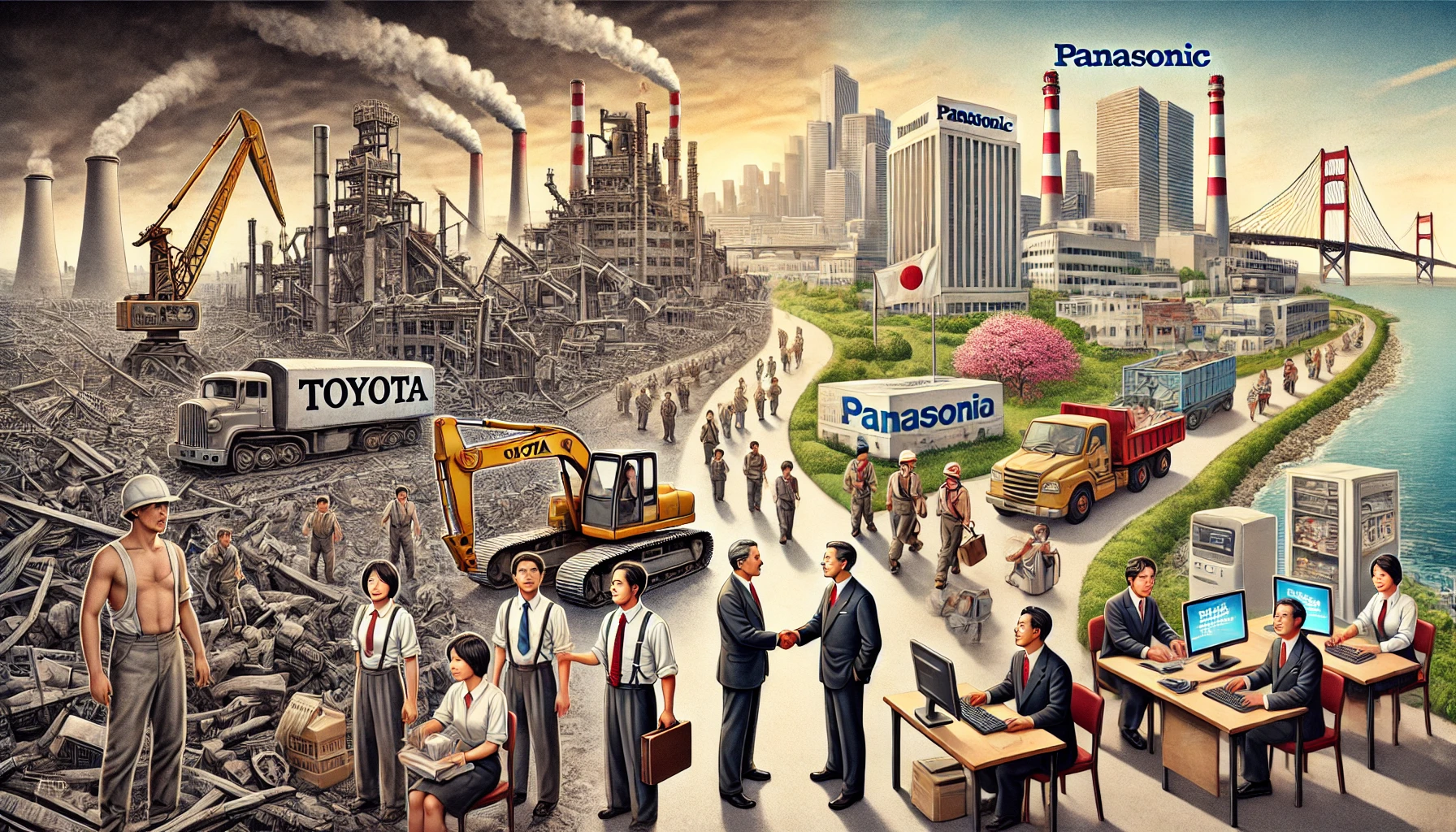


Comments